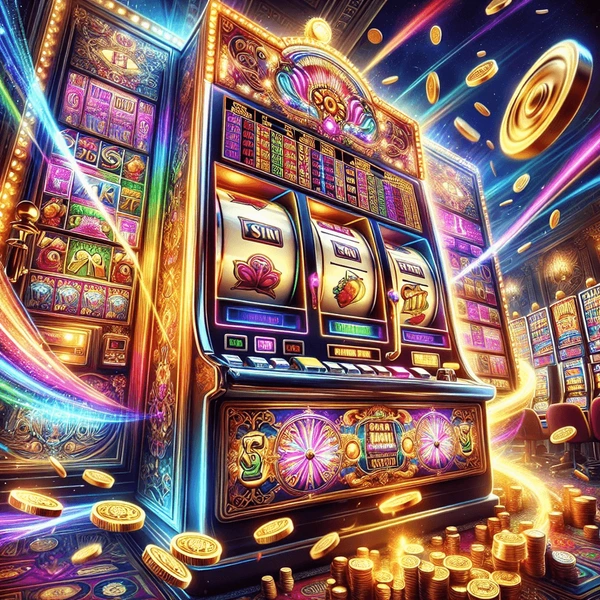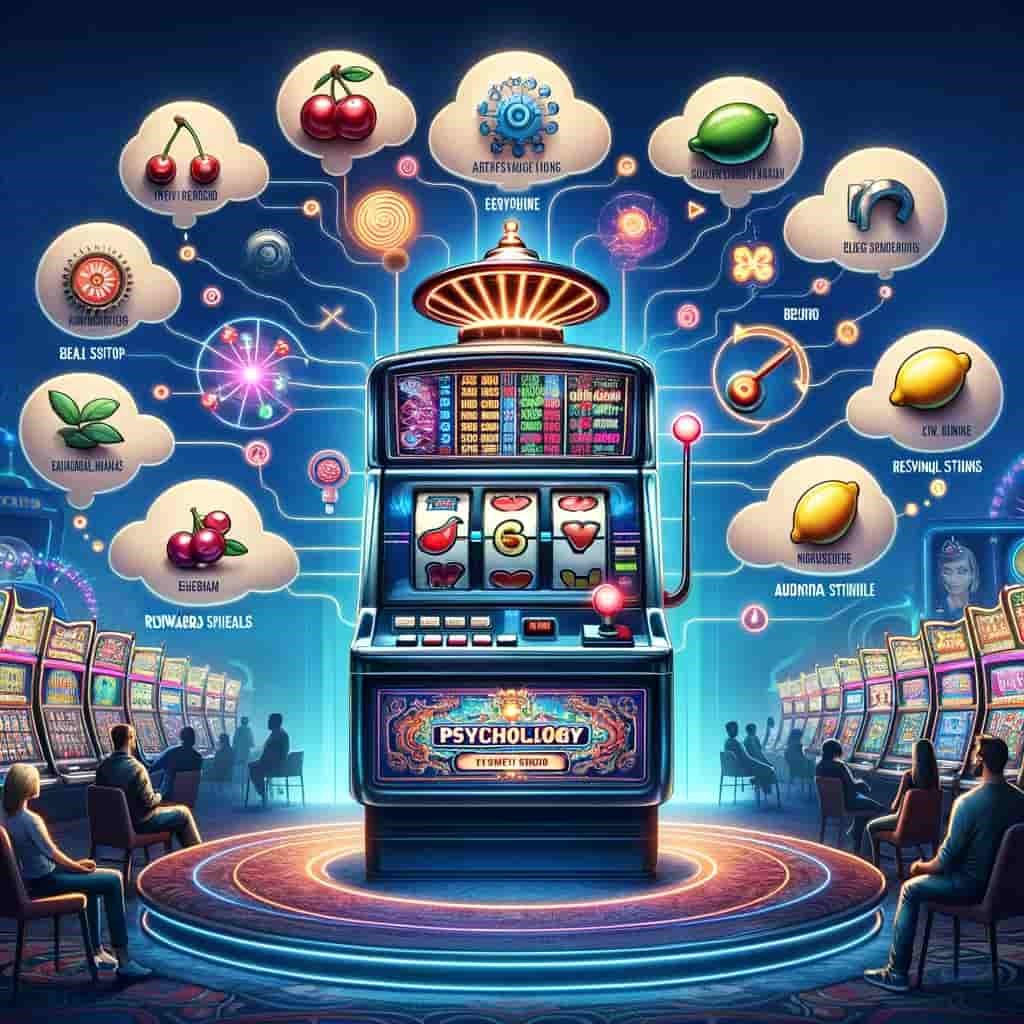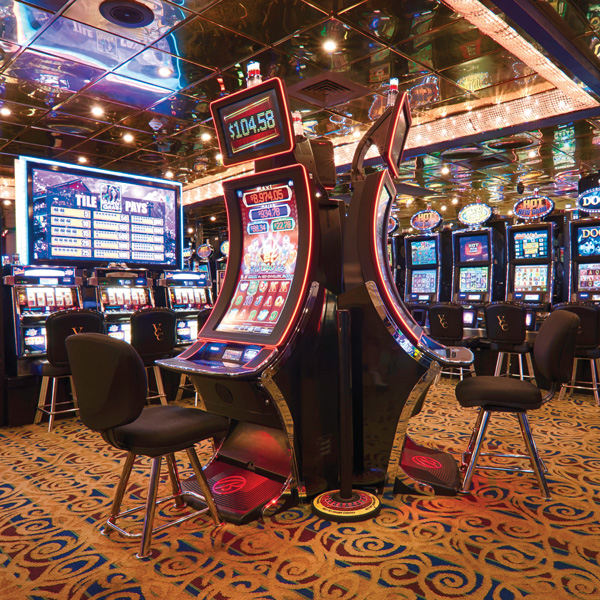December 3, 2025
No Comments
The landscape of video games is a dynamic tapestry, ever-evolving yet deeply rooted in a rich history https://pudgybulls.com/what-is-a-big-rope-french-bulldog/ of innovation, storytelling, and pure fun. For decades, players across the globe have sought out the “best games” – titles that transcend mere entertainment to become cultural phenomena, pushing technological boundaries and forging unforgettable memories. Among the titans of the gaming industry, PlayStation stands as a monumental pillar, having defined console generations and delivered a library of unparalleled depth. Complementing its stationary might, the PlayStation Portable (PSP) carved its own niche, offering console-quality experiences on the go and proving that grand adventures weren’t confined to the living room screen.
Delving into the realm of PlayStation games is akin to exploring an expansive digital museum, each generation marking significant leaps in fidelity, narrative complexity, and interactive design. From the inaugural PlayStation (PS1) which revolutionized 3D gaming, giving us legendary titles like *Final Fantasy VII* with its epic scope and emotional depth, or the espionage brilliance of *Metal Gear Solid*, to the powerhouse PlayStation 2 (PS2), still the best-selling console of all time. The PS2 era gifted us masterpieces such as *God of War*, introducing Kratos’s brutal odyssey, and the open-world freedom of *Grand Theft Auto: San Andreas*, alongside the artistic marvel of *Shadow of the Colossus*. These weren’t just games; they were experiences that set new benchmarks for what interactive entertainment could achieve.
The PlayStation 3 (PS3) continued this legacy, ushering in high-definition graphics and even more ambitious narratives. Titles like Naughty Dog’s *Uncharted 2: Among Thieves* dazzled with cinematic action and witty banter, while *The Last of Us* redefined storytelling in gaming, delivering a harrowing yet beautiful tale of survival and sacrifice that remains influential to this day. Following this, the PlayStation 4 (PS4) further refined the formula, boasting stunning visual fidelity and a parade of critically acclaimed exclusives. *Marvel’s Spider-Man* offered an unparalleled sense of web-slinging freedom and a heartfelt narrative, while *Horizon Zero Dawn* captivated players with its unique post-apocalyptic world teeming with robotic dinosaurs. And now, the PlayStation 5 (PS5) continues to push the boundaries with lightning-fast load times, haptic feedback, and a new generation of visual splendor, further cementing PlayStation’s reputation for delivering industry-leading “best games.” From immersive role-playing games to heart-pounding action-adventures and intricate strategy titles, the PlayStation ecosystem has consistently provided a diverse range of interactive masterpieces.
Parallel to the evolution of home consoles, the world of handheld gaming underwent its own revolution with the arrival of the PlayStation Portable (PSP). Launched in 2004, the PSP wasn’t just another portable device; it was a multimedia powerhouse designed to bring console-quality experiences into the palms of players’ hands. Its sleek design, vibrant screen, and powerful hardware allowed for a gaming experience previously unimaginable on a portable device. The library of PSP games quickly grew, demonstrating the platform’s versatility and capability. Players could enjoy fully realized 3D adventures, detailed role-playing games, and thrilling action titles without being tethered to a TV.
Among the pantheon of “best PSP games,” several stand out for their innovation and sheer entertainment value. *God of War: Chains of Olympus* and its sequel *Ghost of Sparta* demonstrated that Kratos’s epic scale could translate perfectly to a smaller screen, offering stunning graphics and the series’ signature visceral combat. The PSP also became a haven for Japanese role-playing game enthusiasts, with titles like *Crisis Core: Final Fantasy VII* providing a poignant prequel to one of gaming’s most iconic stories, and the *Monster Hunter Freedom Unite* series establishing a dedicated following with its deep hunting mechanics and robust multiplayer experience. For fans of open-world mayhem, *Grand Theft Auto: Liberty City Stories* and *Vice City Stories* brought the sprawling urban environments and gritty narratives of the GTA franchise to a portable format, complete with impressive voice acting and expansive missions. These PSP games were not mere ports; many were bespoke experiences, crafted to leverage the handheld’s unique capabilities, making them essential additions to any gamer’s collection.
Ultimately, defining the “best games” is a deeply personal journey, shaped by individual preferences, nostalgic connections, and the emotional resonance a particular title holds. However, certain games achieve universal acclaim by mastering storytelling, innovating gameplay mechanics, creating memorable characters, or simply providing unparalleled fun. Both PlayStation consoles and the PSP have consistently delivered such titles, carving out their places in gaming history by pushing boundaries and captivating millions. Whether you prefer the grandeur of a cinematic PlayStation epic or the intimate portability of a PSP adventure, the legacy of these platforms offers an inexhaustible treasure trove of digital wonders, each waiting to deliver an unforgettable experience to those eager to explore their vast and varied worlds. The joy of gaming lies in discovery, and the extensive libraries of PlayStation and PSP games promise endless hours of thrilling exploration.








